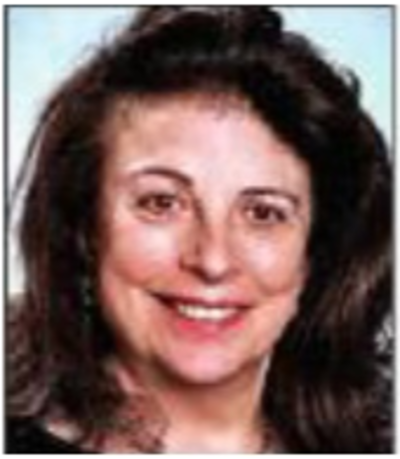Top Searches
- News
- World News
- US News
- Pioneer in the use of prenatal ultrasound Beryl Benacerraf dies
Pioneer in the use of prenatal ultrasound Beryl Benacerraf dies

Dr Beryl Benacerraf
Dr Beryl Benacerraf, a radiologist with an uncanny visual sense who revolutionized the diagnosis of fetal abnormalities like Down syndrome through the use of ultrasound technology, died on October 1 at her home in Cambridge, Massachusetts. She was 73.
Her son, Oliver Libby, said the cause was cancer.
Benacerraf — who was a professor of obstetrics, gynecology, and reproductive biology and radiology at Harvard Medical School and Brigham and Women’s Hospital in Boston — had struggled academically when she was young because of what she eventually determined was undiagnosed dyslexia. Her later success in using ultrasound images to detect congenital anomalies and gynecological disorders, she said, was tied to “the flip side of that whole problem. ” “Pictures just speak to me,” she said in an interview for an oral history project for Barnard College, her alma mater. “I can look at a picture and I can see the pattern. I can see things nobody else can see.”
Perhaps the most notableproduct of that ability was her discovery that a thickening of a patch of skin at the back of a fetus’s neck, known as the nuchal fold, was associated with Down syndrome and other chromosomal disorders. Before Benacerraf conducted her research, screening for such defects was generally limited to women 35 and older, and conducted by amniocentesis, an invasive procedure.
Her first papers suggesting ultrasound’s potential for offering an effective, less invasive form of fetal screening — available to women of any age — were published in 1985. They were not warmly received. “I was almost booed off the stage at several national meetings, and papers emerged discrediting my research and me,” Benacerraf said in an interview.
Her determination was vindicated: As ultrasound became a routine part of prenatal care, so did measuring the thickness of the nuchal fold. The screening, which is now typically augmented by blood tests, was based on her research.
Her son, Oliver Libby, said the cause was cancer.
Benacerraf — who was a professor of obstetrics, gynecology, and reproductive biology and radiology at Harvard Medical School and Brigham and Women’s Hospital in Boston — had struggled academically when she was young because of what she eventually determined was undiagnosed dyslexia. Her later success in using ultrasound images to detect congenital anomalies and gynecological disorders, she said, was tied to “the flip side of that whole problem. ” “Pictures just speak to me,” she said in an interview for an oral history project for Barnard College, her alma mater. “I can look at a picture and I can see the pattern. I can see things nobody else can see.”
Perhaps the most notableproduct of that ability was her discovery that a thickening of a patch of skin at the back of a fetus’s neck, known as the nuchal fold, was associated with Down syndrome and other chromosomal disorders. Before Benacerraf conducted her research, screening for such defects was generally limited to women 35 and older, and conducted by amniocentesis, an invasive procedure.
Her first papers suggesting ultrasound’s potential for offering an effective, less invasive form of fetal screening — available to women of any age — were published in 1985. They were not warmly received. “I was almost booed off the stage at several national meetings, and papers emerged discrediting my research and me,” Benacerraf said in an interview.
Her determination was vindicated: As ultrasound became a routine part of prenatal care, so did measuring the thickness of the nuchal fold. The screening, which is now typically augmented by blood tests, was based on her research.
FOLLOW US ON SOCIAL MEDIA
FacebookTwitterInstagramKOO APPYOUTUBE
Start a Conversation
end of article









